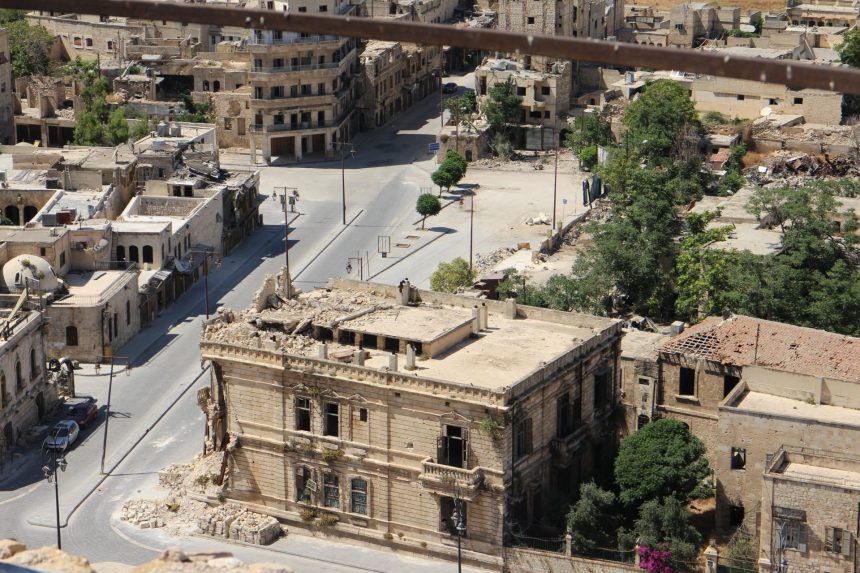In eastern Syria, the United States has conducted airstrikes against two facilities with ties to militias supported by Iran. The strikes are retaliation for a barrage of rocket and drone fire on US forces in the area. The goal of this action, which was ordered by Vice President Joe Biden and described by Defense Secretary Lloyd Austin as “narrowly tailored in self-defense,” is to send a clear message to Iran and its proxies not to escalate their attacks and spark a wider conflict in the Middle East.
History and Setting
Abu Kamal is located close to the border between Syria and Iraq, which made it an ideal target for the US airstrikes. The Iranian Islamic Revolutionary Guard Corps (IRGC) and its allies have used these facilities. Two F-16 fighter planes with precision-guided bombs carried out the attacks. It is unknown if any lives were lost in the attacks, but a high-ranking military official has confirmed that the facilities hit were previously used by the Iranian Revolutionary Guard Corps (IRGC) and its associated militias.
Iran Gets a Warning From the United States
The Biden administration has responded to the growing threats against its forces with airstrikes in Syria. Vice President Biden issued a stern warning to Iran, saying that the United States will respond forcefully if further action is taken against American troops. The United States’ primary goal in Iraq and Syria is the campaign to defeat ISIS, which has nothing to do with the conflict between Israel and Palestinians.
Attacks and US Casualties Continue to Rise
Since October 17, there has been an increasing number of attacks on US forces in Iraq and Syria, prompting the recent strikes. There were 19 separate attacks on US forces by Thursday evening, with 21 US service members receiving minor injuries. The Pentagon has announced that all soldiers who were injured have recovered and are back on duty. In addition, a false alarm at one of the bases in Iraq caused a heart attack that ultimately took the life of a US civilian contractor.
Worsening Middle East Tensions
The terror attack by Hamas on October 7 sparked an ongoing conflict between Israel and Hamas, which has left the region on edge. Roughly 900 American troops are currently stationed in the Middle East, with more reinforcements on the way. The United States has redeployed two carrier strike groups to the eastern Mediterranean Sea and an amphibious ready group to a location closer to Israel in the region’s waters. THAAD batteries, long-range Patriot batteries, and short-range Avenger air defense systems are among the additional air defense systems the United States is rushing to the region.
Iran’s Reaction and the Urgent Meeting of the UN General Assembly
During an emergency session of the United Nations General Assembly, Iranian Foreign Minister Hossein Amir-Abdollahian did nothing to defuse the situation. He warned that the United States “will not be spared from this fire” if the conflict in Gaza is not resolved soon. Earlier, he had mentioned that the US had sent Iran two messages, one stating that the country should not escalate the conflict any further and another urging restraint.
The United States Has Previously Attacked Iranian-Backed Militias
The United States has attacked Iranian-backed militias in the region before. In March, US military forces attacked a site in Iran that was being used by groups with ties to the Islamic Revolutionary Guard Corps. After a string of drone and rocket attacks on US targets, these strikes were carried out in retaliation. The United States, according to the Pentagon, will exercise its right to self-defense at any time and any place it sees fit.
See first source: CNN
Featured Image Credit: Aladdin Hammami; Unsplash – Thank you!







